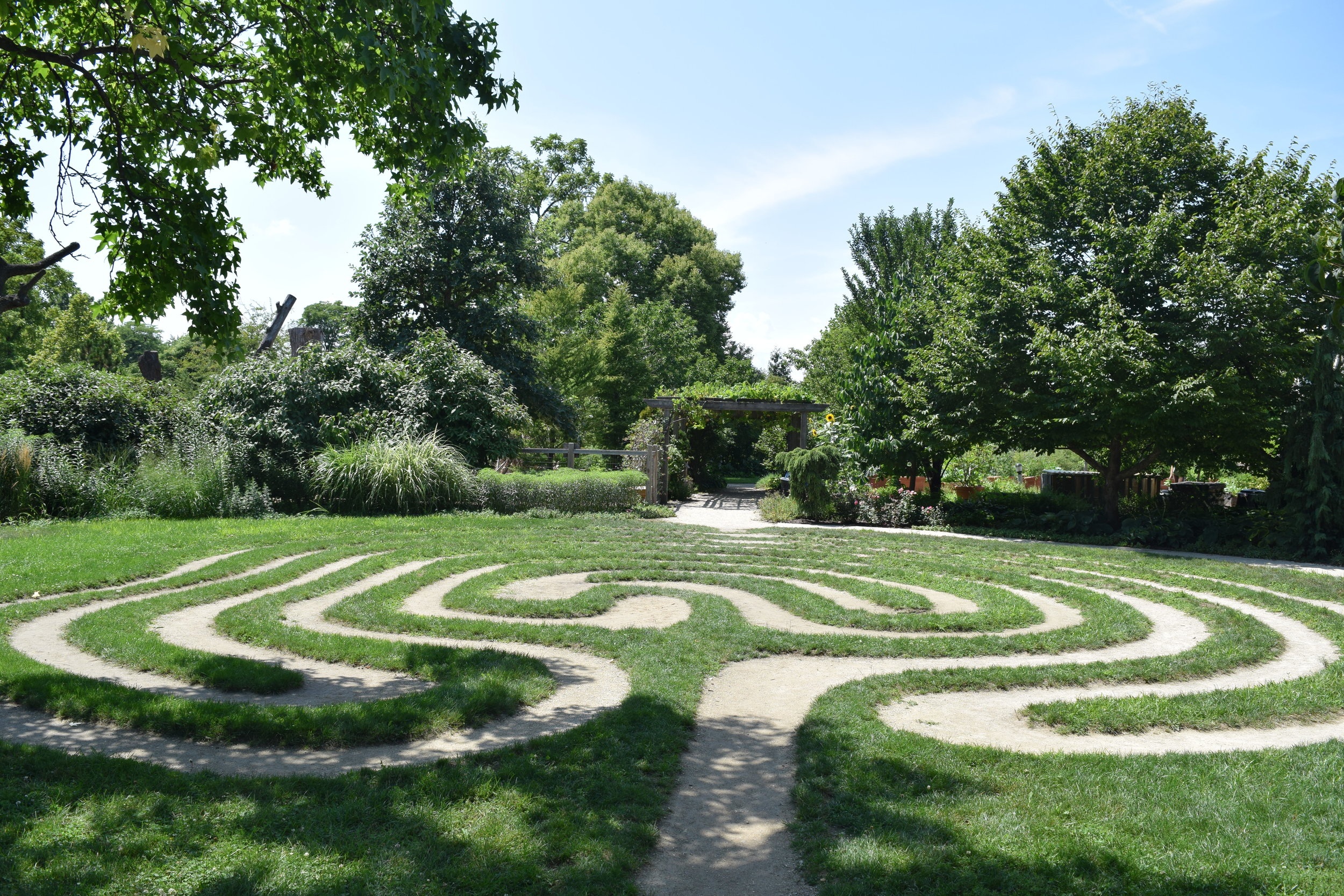EAST GARFIELD PARK
Background
Annexed by Chicago in 1869, the neighborhood and namesake park were originally known as Central Park. The initial William LeBaron Jenney (‘father of skyscrapers’) designed portion of the park officially opened in 1874. It was renamed Garfield Park in 1881 after President James Garfield’s assassination earlier that year. Initially Irish and Germans, then Italians and Russian Jews settled in the area to work in rail, manufacturing, and most notably at the Sears plant in bordering North Lawndale. In 1905, famed landscape architect Jens Jensen was appointed Chief Landscape Architect of the park. In addition to ushering in the groundbreaking Garfield Park Conservatory, Jensen designed the lagoon and prairie style lawns. The neighborhood experienced a post WWI boost as West Garfield Park’s bustling Madison Avenue commercial district spread east. The boom was short lived as the years during and after the Great Depression and WWII saw steady decline. Displacement from the construction of the Eisenhower Expressway, white flight, and unmaintained housing by absentee landlords eventually led to Martin Luther King Jr.’s 1966 campaign to draw attention to the grave living conditions of the segregated West Side. While local anti-slum organizations and activists worked to combat neglectful landlords and bring improved amenities to the neighborhood, the riots following MLK’s 1968 assassination left many vacant residential lots and shuttered businesses along Madison Ave., foreshadowing even steeper economic decline and population loss in the 70s, 80s, and 90s. Since the early 2000s, the neighborhood’s former industrial corridor on Carroll Ave has warehoused a variety of arts based businesses and studios. The robust creative community, esteemed community-based organizations and businesses, and proximity to rapidly appreciating nearby neighborhoods seems to be steadily increasing outsider interest. In spite of East Garfield Park’s persistent challenges, there’s a great deal to celebrate and enjoy in person.
A Great Day in East Garfield Park
Morning
Dropping in for a Bridgeport coffee and pastry at Bridge Café is a nice introduction to the neighborhood. The airy café space is housed in the non-profit community hub Breakthrough FamilyPlex on W. Carroll Ave. between Homan and Kedzie. In addition to the café, the complex provides recreational and educational programming and space for preschoolers through adults.
Bridge Cafe
Late 19th and early 20th century architectural and design gems are dispersed throughout East Garfield Park. Though broken up by a profusion of vacant lots, handsome late 1800s attached rowhomes still grace the neighborhood’s residential blocks. A particularly impressive concentration of continuous rowhouses line Warren Blvd. and Nancy B Jefferson Blvd, which is the stretch of roadway renamed for the West Side community activist who helped rebuild the neighborhood after the 1960s riots. Another standout is an intact collection of 1880s Queen-Anne style rowhomes on the 2600-2800 blocks of W. Maypole Avenue.
Nancy B. Jefferson Blvd.
W. Maypole Avenue
Other noteworthy remaining structures include Our Lady of Sorrows Basilica and the Waller Apartments. The former is one of Chicago’s three basilicas and contains one of the city’s most ornate interiors. Constructed between 1890 and 1902, the marble floors and gold-leaf panels are overshadowed by the expansive, coffered (square, sunken panels) vaulted ceiling and dome. In contrast, Frank Lloyd Wright’s unassuming Waller Apartments are recognized less for their design than as one of Chicago’s first subsidized housing projects. Built in 1895, four of the original five attached townhouses are still standing on Walnut Street between Francisco and Mozart.
Waller Apartments
Afternoon
Inspiration Kitchens is a quality lunch spot with deliciously crafted dishes ranging from Gumbo to Korean Fried Chicken and Waffles. A key component of Inspiration Corporation’s mission to assist people affected by homelessness and poverty, the restaurant and free 12-week Foodservice Training Program provide participants an environment to gain hands-on culinary skills. After completing the program, graduates have access to job placement and continued professional support.
Inspiration Kitchens
Two other galvanized lunch options are Dream Chef Kitchen near the North Lawndale border and Life Restaurant, just past the park in West Garfield Park. Both offer a balance of comfort and fresh, healthy dishes in a light and welcoming space.
For many the main draw to the neighborhood is the Garfield Park Conservatory. Opened in 1908, Jens Jenson’s novel vision of landscape design enclosed by glass has expanded to 2 acres of greenhouse rooms and 10 acres of outdoor gardens. In addition to the impressive collection of flora from around the world, the Conservatory provides extensive programming including family and children educational projects, beekeeping classes, and composting demos.
Outdoor Gardens, Garfield Park Conservatory
Garfield Park itself is a landscape architecture gem. Core elements of both William LeBaron Jenney and Jens Jensen’s designs remain including the lagoon and flower gardens. Constructed in 1928 and designated the park’s fieldhouse in 1934, the beautiful Spanish Baroque Revival Gold Dome Building houses the Chicago West Community Music Center, which provides music education to local youth.
Gold Dome Building
While East Garfield Park has seen a number of former industrial spaces converted into art and design studios, there are still few venues that are open for a casual visit, and even fewer with an inviting street presence. 345 Art Gallery, however, is designed to engage the community and showcase work by featured artists. In addition to openings and rotating exhibitions, the gallery houses a wide range of community oriented events.









